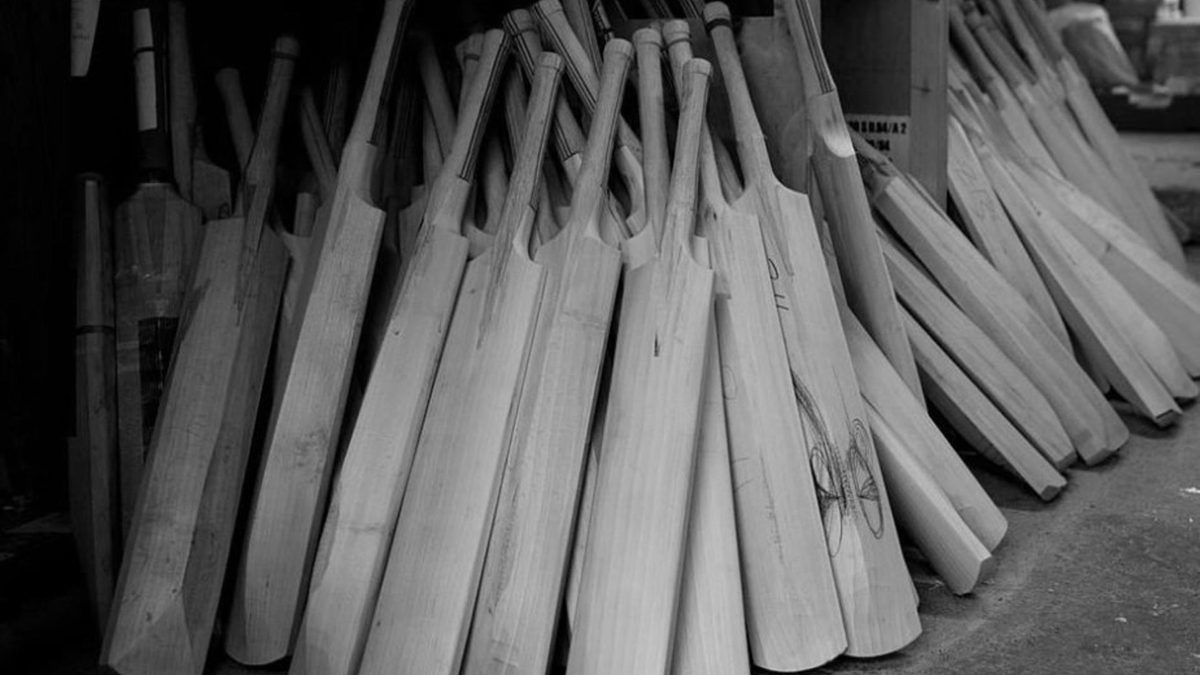
Like the willow trees from which they make their works of art, the guild of English bat-makers is an intertwining of branches, the vast majority of which can be traced all the way back to the same few pioneering individuals of the late 1800s.
This article originally appeared in Pro:Direct’s Leather + Willow magazine. Salix cricket equipment is available at Pro: Direct Cricket
For Andrew Kember, master bat-maker at Salix, that lineage begins with LJ Nicolls, one half of Gray-Nicolls, under whom Len Newbery worked in the early part of the 20th century. Nicolls tutored Len, and Len’s son, John, went on to found Newbery bats in 1981. And it was with Newbery that a young Kember got his first break.
“I wrote to all the companies actually,” recalls Kember. “I got a reply from Gray-Nicolls, I got a reply from Gunn & Moore – both negative. Nobody else replied, but John Newbery did, and he said, ‘If you want to come and sweep up, you’re welcome to’.
“I’d made some bats at school, so I took those with me and showed them to John. He was quite intrigued actually because, at that time, all drain rods were made out of cane, so I cut all my dad’s drain rods up to make a bat handle. My dad was livid. He really did not think that was amusing at all. But anyway, I glued these bits of cane together and made a handle. And I think that was the thing that struck John more than anything.”
What he won’t endorse, however, are the johnny-come-lately “boutique” brands that seem to be appearing all the more frequently in recent years. Not the next generation of traditional bat-makers, or the self-taught specialists – there’s no problem there – it’s the part-sourcing salesmen he doesn’t trust.
“The means that people can use to advertise what they’re doing – good photography, good website – you could stick a bench in a garage, basically, and imply that you are a full-on manufacturer just through photography and a clever website.”
In the flesh, however, it’s a different story. “When you travel and scratch the surface [of these] places, if you actually went, you’d think, ‘Where are these bats being made?’ Well, the truth is, they’re being either part-made somewhere else for them, or they’re being shipped in from India and labels are being put on.”
You get the feeling that as much as his nature resists boastfulness, he has a distinct sense of pride in English bat-making, and wants to preserve its integrity – and perhaps also, his place in its history, though he’d never say as much.
As the plaque tells us, Salix are English cricket bat-makers. Nothing more, nothing less.








